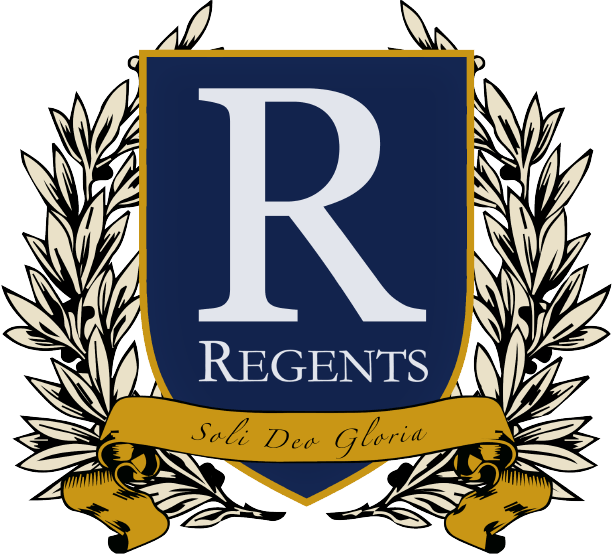
© 2025 Regents School of Charlottesville.
"Every child is an artist. The problem is how to remain
an artist once he grows up." ~Pablo Picasso
As we begin our new school year, art students at Regents focus on techniques of drawing, the foundation of art. Younger students begin with directed drawings--connecting lines to shapes is the foundation for all drawing strategies. Around seven years old, children draw what they see compared to what they know and move to skills needed to add perspective and proportion to their art. Students begin to learn how to see--looking for details, shapes, lines, and value. As they become ready to draw on their own, instructional drawing provides the techniques and skills needed to add perspective and proportion to their art. The four-step drawing process involves students looking at and studying an object; asking questions that help define what they see; beginning the action of drawing; then following up with self-evaluation and teacher evaluation.
In the Logic and Rhetoric stages, students build upon the foundation that was laid in the Grammar stage. We move deeper, hoping to build a greater appreciation for all types of art and the artistic process, from starting a project to the final product. Students at this stage need to be given creative choice with their art projects. More emphasis is given to the creative process, giving them time to brainstorm, experiment, and focus on big themes and ideas. We focus more on learning techniques with precision, connecting skills to virtue, and how students can use media to find their own voice. Studio art creates new opportunities to integrate other subjects while using their God-given imaginations and making connections to other cultures.
As each stage builds upon the next, students begin to develop a visual language. As we look at the elements and principles of art, students form language for the art they see and build confidence in talking about their own art as well as other works of art. To help students develop this visual language, our art curriculum uses Visual Thinking Strategies, or VTS, which asks three simple questions: What is going on in this picture? What details do you notice that lead you to think that? And what more can you find? The objectives behind VTS are to keep students looking, observing and thinking, giving them time to contemplate what they are seeing. Using this strategy gives students vitality in their opinion and enhances their abilities to focus, notice, and make connections. Thoughtful observation leads to growing awareness, empathy, respect, and--most importantly--it sparks curiosity and wonder.
One of my students’ favorite activities is called the Drawing Description Game, where students are paired up and one has to describe an artwork to his partner and the partner has to draw a picture based on the description alone. Not only is it fun but it makes the students really think about what words they should use to describe a work of art. Another activity that uses VTS is comparing and contrasting artists of the same or different art movement. Students begin to see commonalities, shared themes and styles of different art periods in fun ways during art discussions. Our art program teaches students how to ask great questions and think great thoughts! In twenty years, I want students to love and appreciate art, be creative, innovative, critical thinkers, and notice and appreciate the beauty around them, recognizing our Creator’s imprint in the world. -Ms. Atwell, art teacher